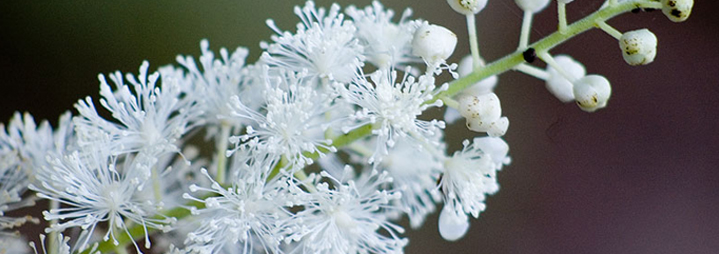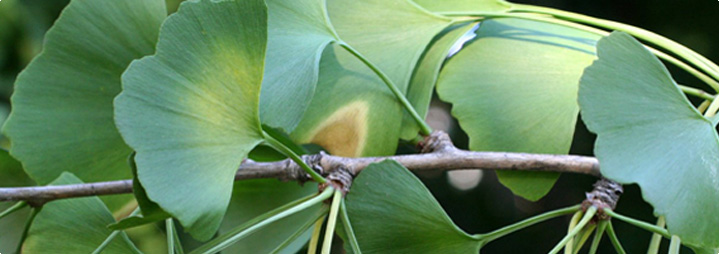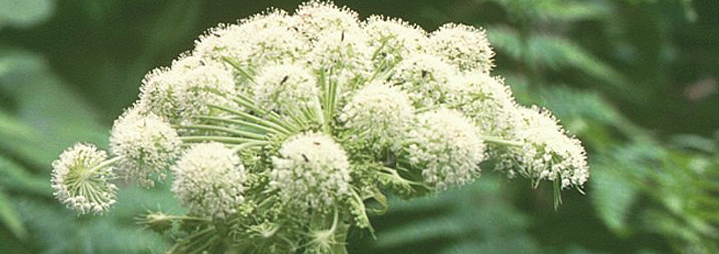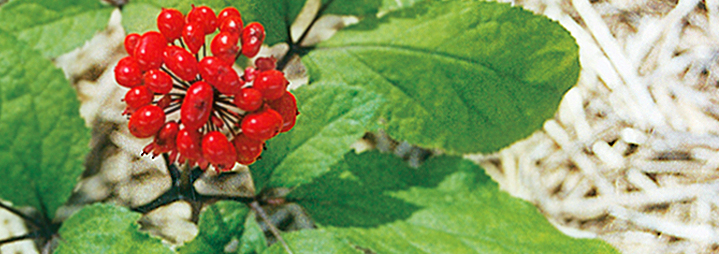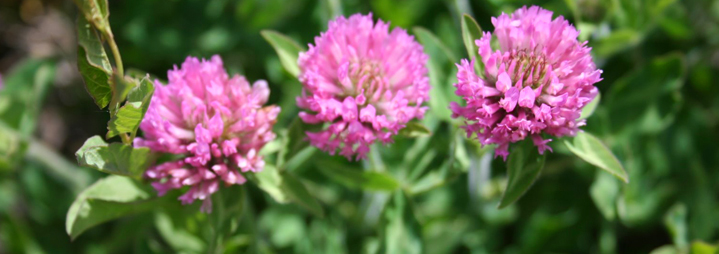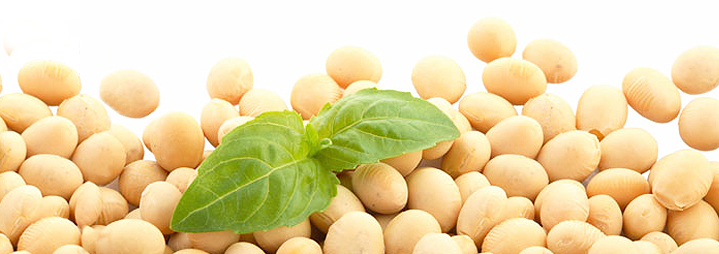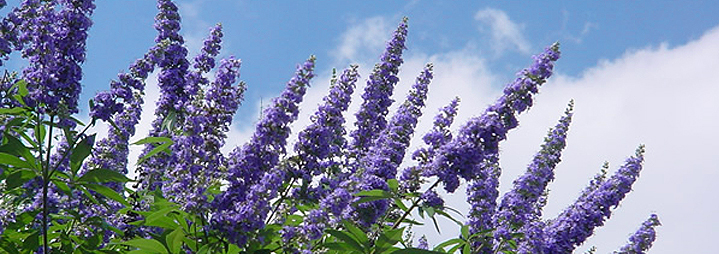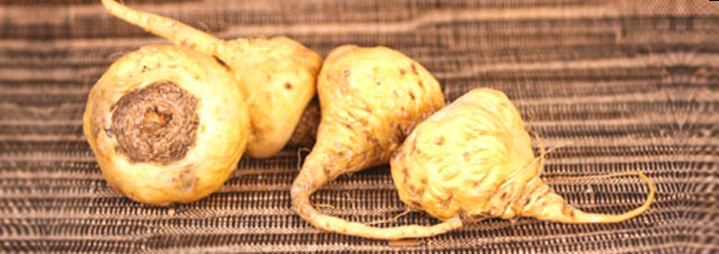Quick and Easy Phytoestrogen Fixes
Menopause brings with it a great many things: vaginal dryness; hair loss; tingling skin. But it also brings with it a strong resolve to fight back against these nasty symptoms. There are lots of ways you can do this; one way is through the consumption of phytoestrogens. Studies have shown that these plant compounds may hold the key to saving millions of women from the physical, mental and emotional anguish of menopause. Read on to learn the quickest and easiest ways to consume phytoestrogen.
How do Phytoestrogens work?
Hormones help to keep your body correctly regulated but can only do this when they are all balanced. However, during menopause this delicate harmony is disrupted and it is believed that these hormone imbalances are to blame for many, if not all, menopause symptoms. To fight back against menopause, you need a treatment that can work to redress this balance. This is where phytoestrogens come in.
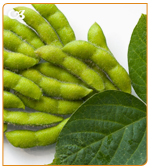 Phytoestrogens are plant compounds that are similar to estrogen at a molecular level. If scientific studies are to believed, this eerie likeness enables phytoestrogens to mimic the effect estrogen has on a living organism. Thereby combating your menopause symptoms by helping to redress the lopsided balance of your fluctuating hormone levels. It’s as simple as that! Read on to learn where you can find these magical plant compounds.
Phytoestrogens are plant compounds that are similar to estrogen at a molecular level. If scientific studies are to believed, this eerie likeness enables phytoestrogens to mimic the effect estrogen has on a living organism. Thereby combating your menopause symptoms by helping to redress the lopsided balance of your fluctuating hormone levels. It’s as simple as that! Read on to learn where you can find these magical plant compounds.
Where to Find Phytoestrogens
Phytoestrogens might not sound like your average ingredient, but actually they’re there in a lot of the common, every day foods. In fact, if you want to find ways of putting more phytoestrogens into your diet, it couldn’t be simpler; you just have to know where to look.
Phytoestrogens when you snack
A great way to introduce phytoestrogens into your diet is by replacing your usual chocolate based snack with a phytoestrogen based snack. Nuts are very high in phytoestrogens, so why not replace your chocolate bar with a bag of nuts?
Phytoestrogens during your coffee break
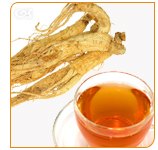 To increase your intake of phytoestrogens, you need to start making some small lifestyle changes. One easy change to make is replacing your coffee break with a phytoestrogen tea break. Estrogenic herbs, which are herbs that contain phytoestrogens, are readily available at health food stores. Black Cohosh, Dong Quai and Ginseng are all estrogenic herbs and can all be boiled down into a tea.
To increase your intake of phytoestrogens, you need to start making some small lifestyle changes. One easy change to make is replacing your coffee break with a phytoestrogen tea break. Estrogenic herbs, which are herbs that contain phytoestrogens, are readily available at health food stores. Black Cohosh, Dong Quai and Ginseng are all estrogenic herbs and can all be boiled down into a tea.
A Word to the Wise
Despite their undoubted ability to help combat menopause symptoms, phytoestrogens can actually come with side effects of their own. These include nausea and vomiting. However, an alternative is available to estrogenic herbs: non-estrogenic herbs. These herbs combat menopause symptoms but without the nasty side effects.
Click the following link to read about Macafem, a non-estrogenic herb.









